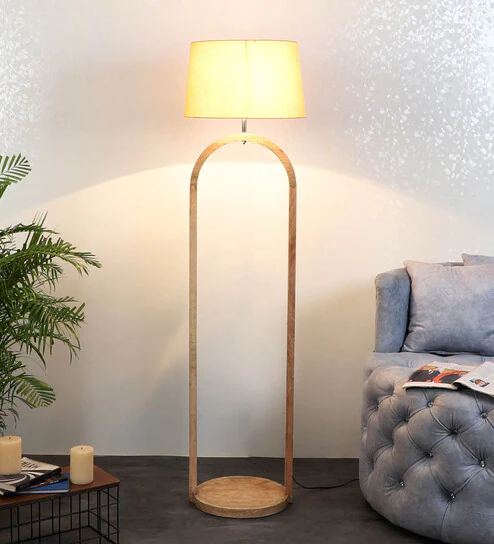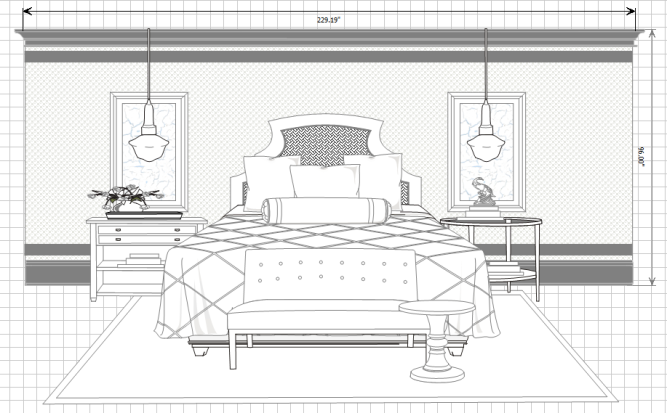Decorating With Color – No-Commitment Tips and Tricks
Decorating with color may be intimidating for those less comfortable experimenting, but using these simple strategies even those who tend to shy away from color can participate in the fun.
Establish a starting point such as artwork or area rug and work from there by selecting colors that appeal to you and creating a palette.
Brown
Brown is an ideal warm neutral that blends effortlessly into almost every color palette and material, such as wood, rattan and cottons. Additionally, its versatile hue makes it the ideal backdrop for modern retro mushroom table lamps or classic gingham curtains – the latter two pieces featuring prominent brown elements as decorative features that stand out.
Brown creates an earthy cocoon of warmth and coziness when used on walls, and pairs well with muted red hues from rust to terracotta and burnt orange.
Dark chocolate tones add sophisticated elegance to a dining room, while pale buttery brown is ideal for bedrooms that incorporate natural materials like linen and rattan furniture finishes and materials. In bathrooms, brown can also be integrated into wall tile patterns and bathtub surrounds to create an aesthetic coordinated look with nature-inspired accents such as botanical prints or wood furniture.
Silver
Copper and gold may be popular metallic trends right now, but silver remains a beautiful metallic that adds glamour to any room. From buttoned sofas with silver buttons or studs to simple table lamps adorned with the metal shade itself, silver adds beauty that transforms contemporary spaces.
Silver pairs well with darker hues like black for an elegant and modern aesthetic, as well as making neutral tones such as white or gray seem richer.
If high-sheen silver is too flashy for you, consider switching it out with more subdued brushed finish silver instead. It will create an understated, timeless feel and can complement a variety of color palettes such as the kitchen in this pale sage kitchen with silver barstools and fisherman lanterns; or classic styles such as this elegant living room featuring silver wallpaper and tufted silver couches.
Blue
Blue is an enchanting hue with strong symbolism; from pastel shades to deep navy dreams it makes a powerful statement and is said to bring luck. However, decorating with it may be daunting and intimidating for some homeowners.
Blue is an elegant and restful choice for living rooms, bedrooms and home offices alike, making it the ideal backdrop to complement soft neutrals or natural wood tones like in this bedroom. Furthermore, its versatility means it works beautifully with accent colors of various hues.
Whoever fears going overboard with blue can ease themselves into it gradually by testing out some calming hues in smaller spaces like home offices or guest bedrooms to assess their comfort level. Make sure the room receives plenty of natural sunlight to avoid dark and moody effects. Patterned wallpaper, such as this Home Bunch example, adds interest by mixing classic blue with modern patterns for an engaging aesthetic that can easily be restyled later without making an overwhelming commitment.
Green
Green is the color of nature and renewal, making it the ideal hue to bring fresh energy into any space that requires revitalization. That’s why Pantone named emerald their Color of the Year; designer rooms feature it too! Whether you plan on painting an entire room in green hues or using green accessories as accent pieces on furniture pieces – here are a few tips that will help you master decorating with green decor!
Nicole Gibbons, founder of Clare (opens in new tab), asserts that choosing an appropriate undertone for green can make all the difference when it comes to using this color effectively. Pale shades can help soothe an upset mind; rich hues exude elegance and sophistication; vibrant shades energize.
Gibbons suggests using one statement piece of furniture – such as a kelly green tufted sofa or apple-inspired dining table–as the focal point in any room, then mixing in neutral and brighter tones to complete the look. You could also embrace nature by selecting organic materials throughout your space to give the green hues their full effect.











